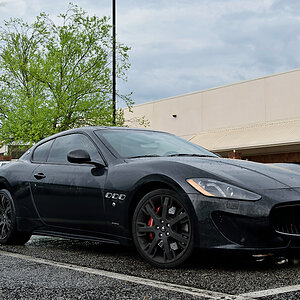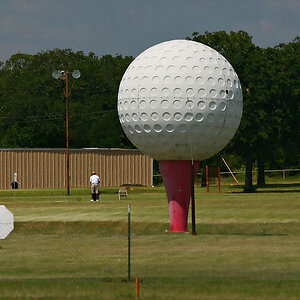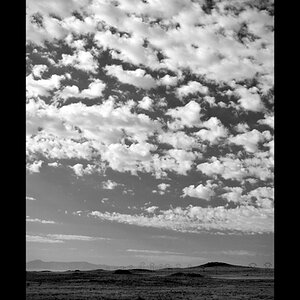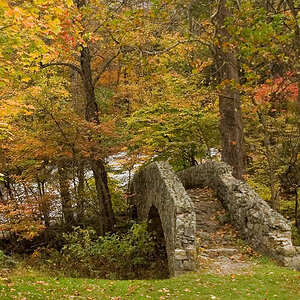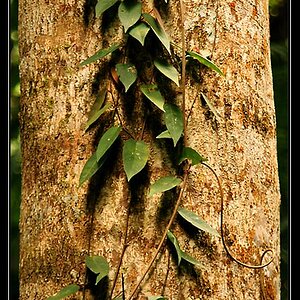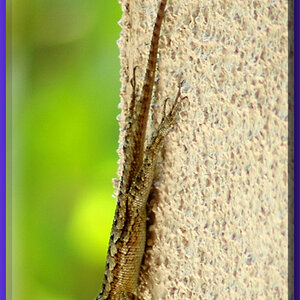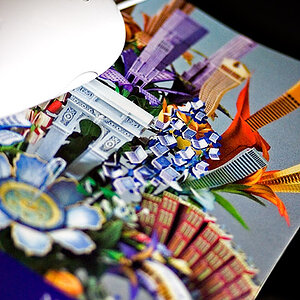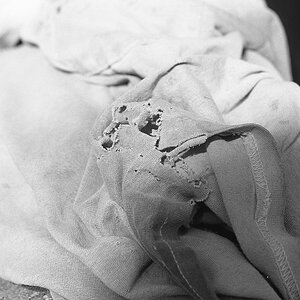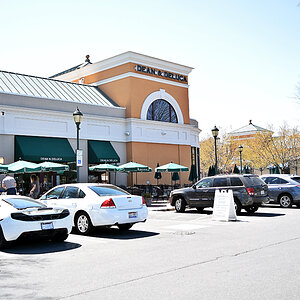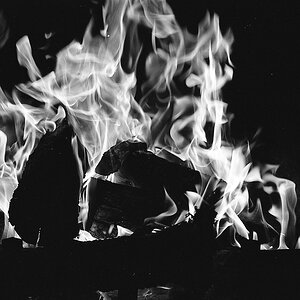Roverholic
TPF Noob!
- Joined
- May 1, 2017
- Messages
- 6
- Reaction score
- 2
Hi
I am going to start getting into photography from a complete novice standing. I know a popular question on here is "What camera should I get" etc. Now I am already decided upon the Nikon D3300 and my question is different.
My question therefore is.. What other equipment do I need to consider apart from the camera and lens. I'm guessing a good case/bag, a memory card, a cleaning kit and maybe access to a computer (I have a PC and iPad).
Is there anything I'm missing here and haven't taken into consideration?
I am going to start getting into photography from a complete novice standing. I know a popular question on here is "What camera should I get" etc. Now I am already decided upon the Nikon D3300 and my question is different.
My question therefore is.. What other equipment do I need to consider apart from the camera and lens. I'm guessing a good case/bag, a memory card, a cleaning kit and maybe access to a computer (I have a PC and iPad).
Is there anything I'm missing here and haven't taken into consideration?


![[No title]](/data/xfmg/thumbnail/32/32159-cd588f68f116c390a4eaddec2380f1a6.jpg?1619735234)
